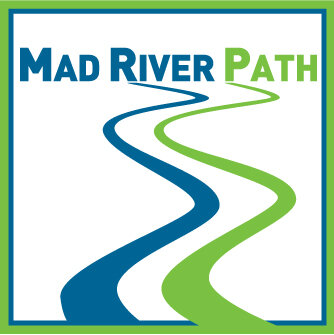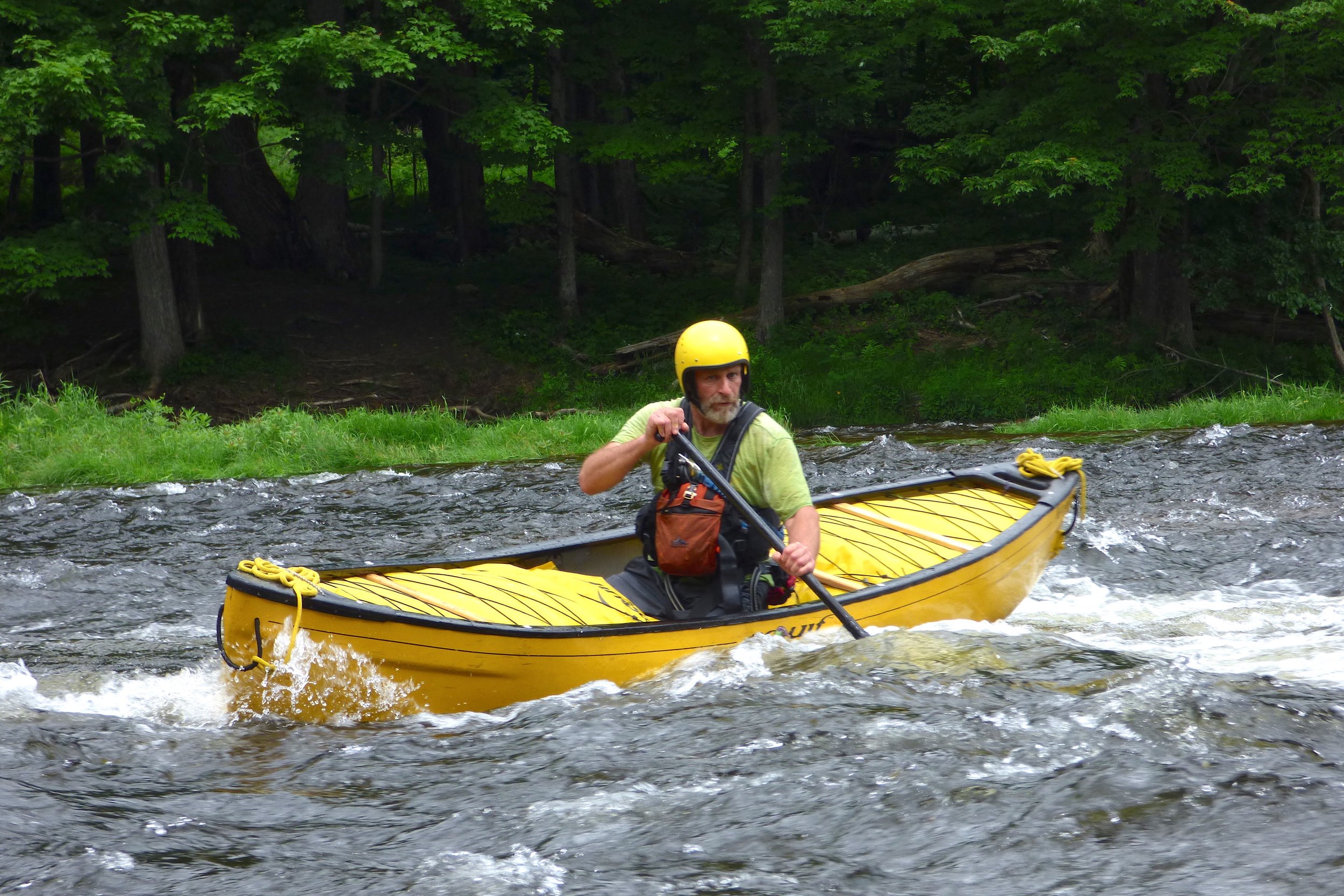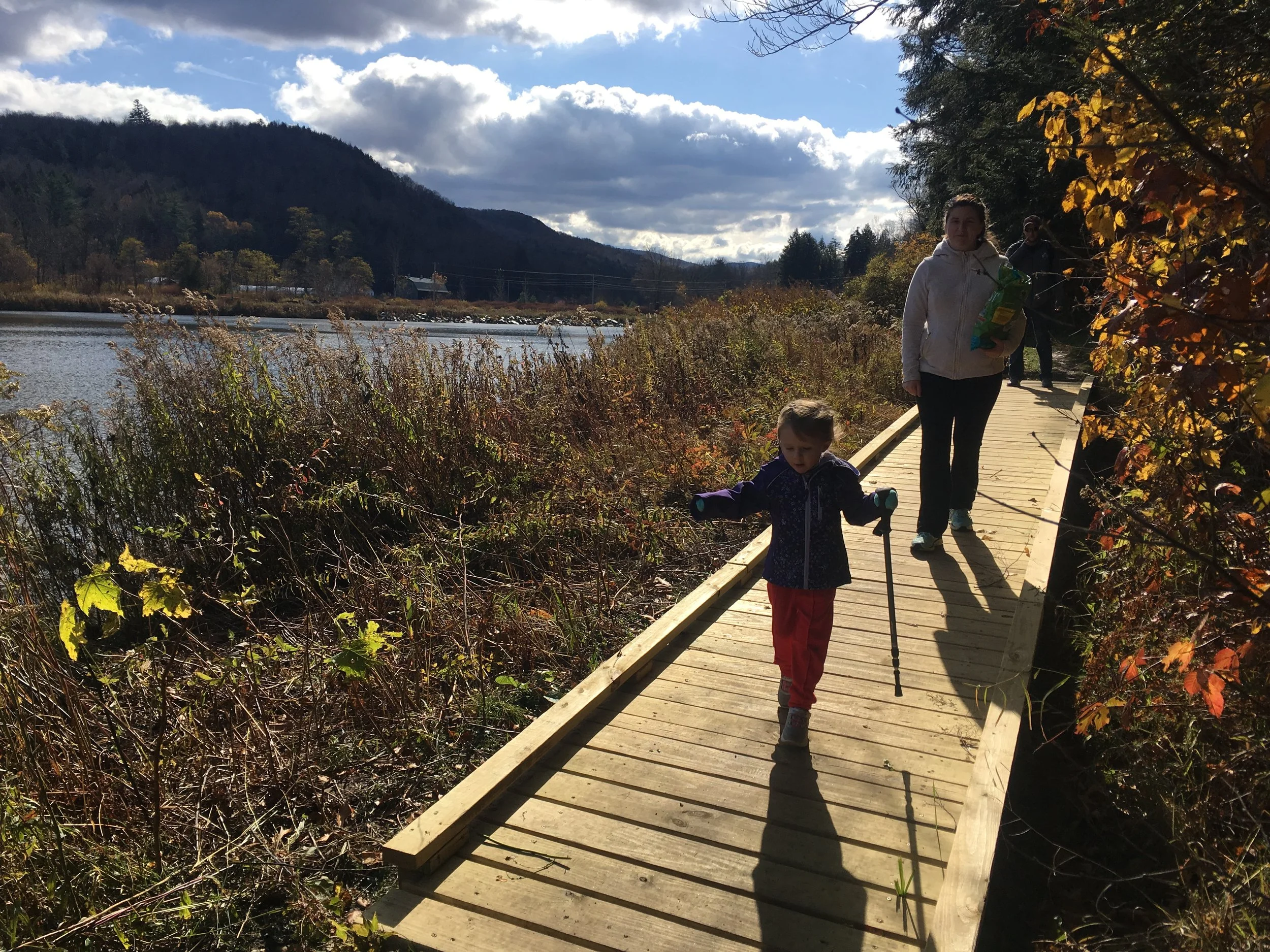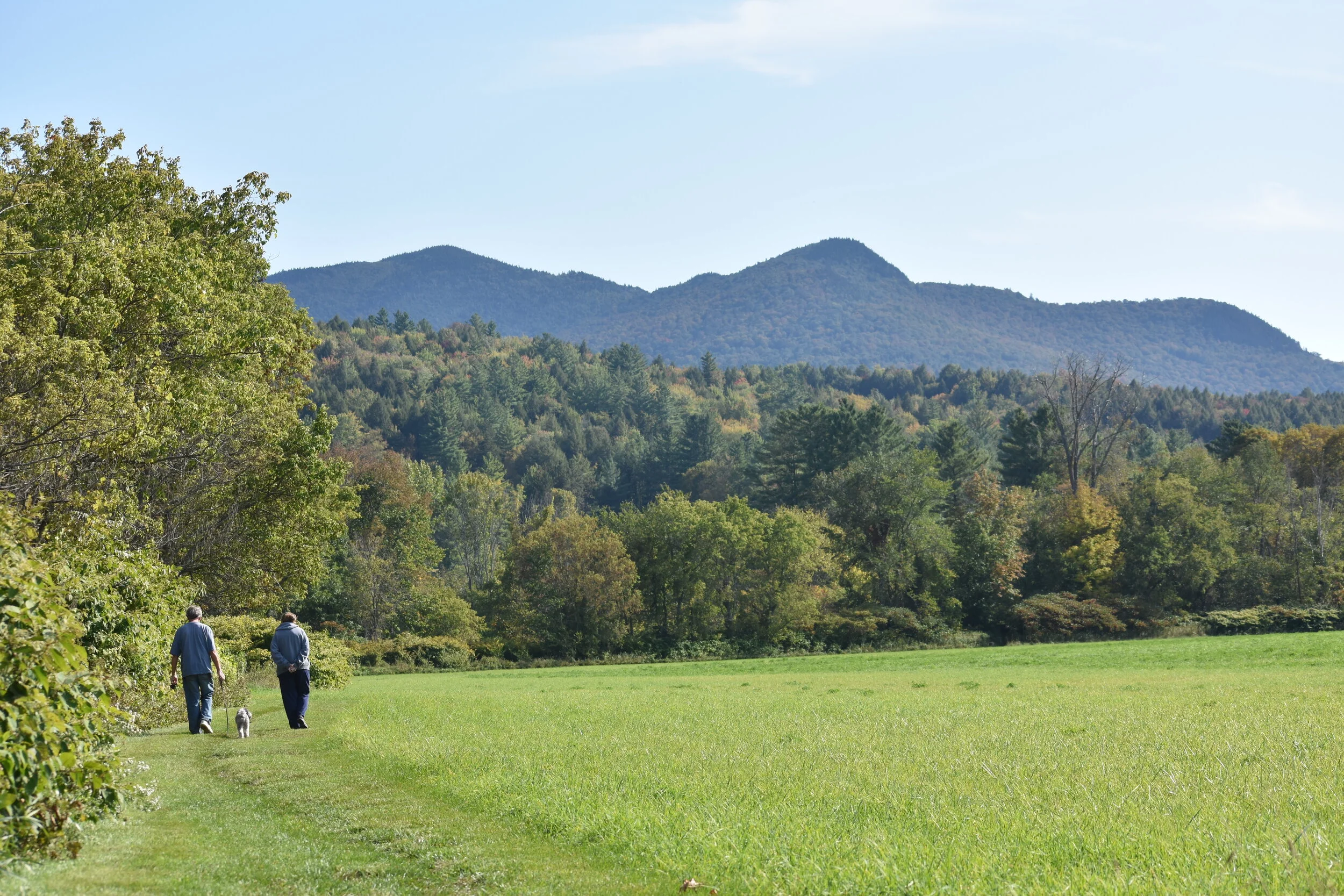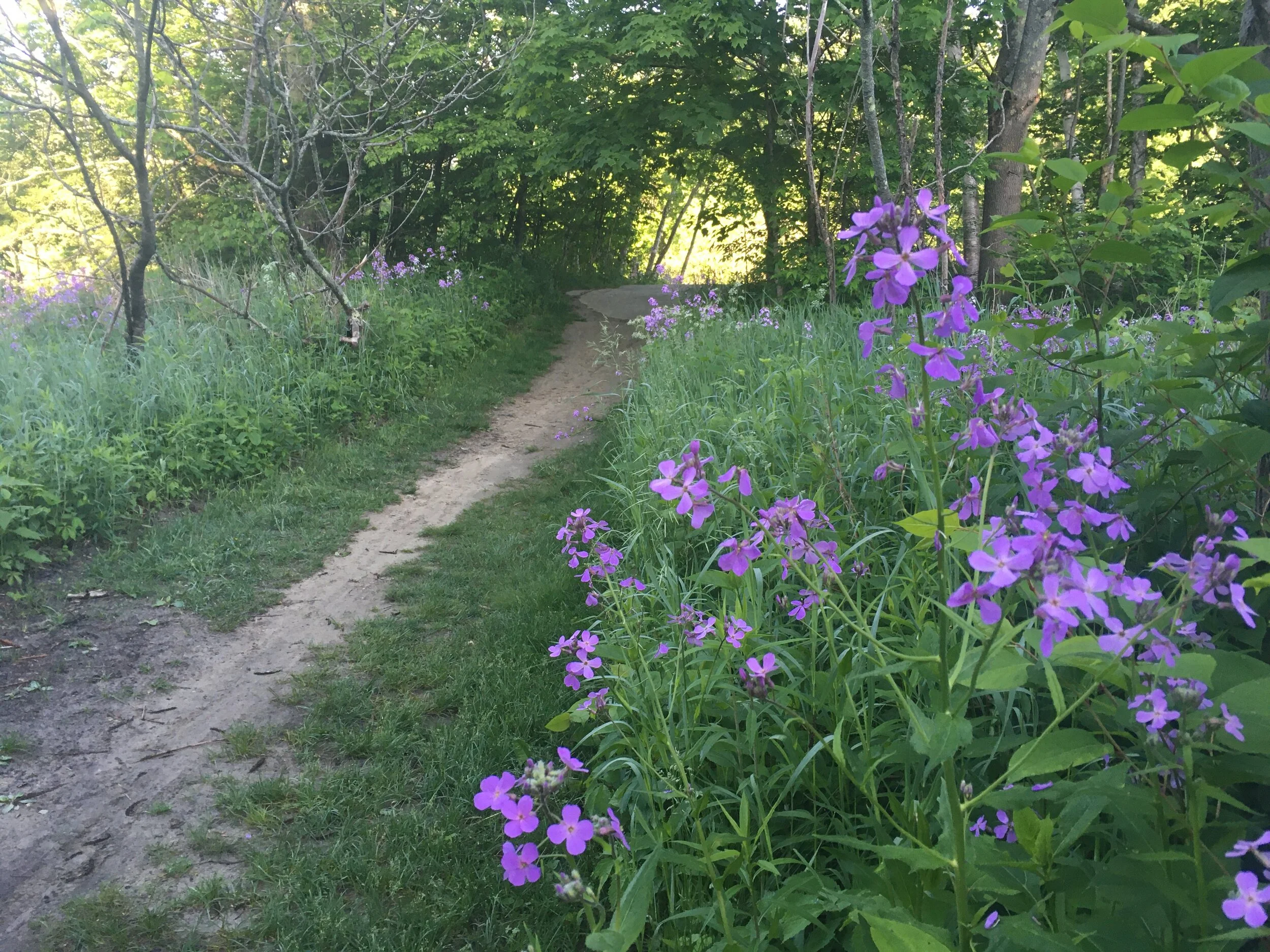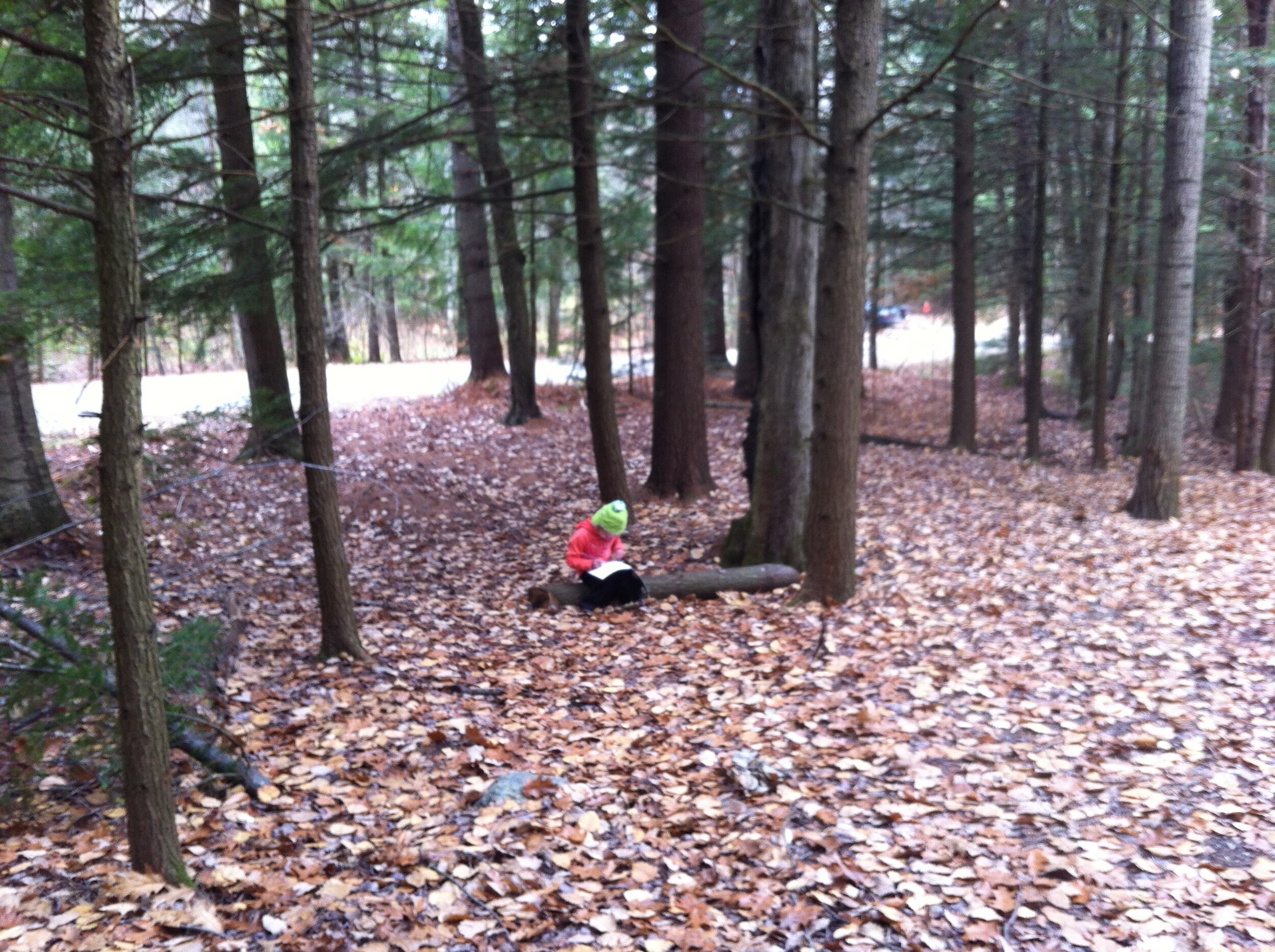Last fall, we decided the new section needed a new grand entrance and a way for people to keep their feet dry, so Board member Charlie Hosford designed a curved boardwalk and we applied for funds…
On The Path: History of the Mad River Valley Path
2020 MRP Annual Meeting
Newsletter: Spring Updates!
New Content Series with the Valley Reporter
Over the next six months the Valley Reporter and the Mad River Path (MRP) are bringing you content straight from the Path. Articles, videos, and audio clips will help the community get to know the Path system better between where it is, who hosts the sections, some fun history, exciting plans, and more.
Video: MRP on Yestermorrow's Speaker Series
“Biggest Tree in the MRV” challenge is underway
MRV businesses need our help!
It goes without saying that a lot of our neighbors, friends, and families are having a tough time right now. That includes our local business owners and people who work at businesses that are either currently shut down or at limited capacity. Obviously, it’s a stressful time for everyone, but we hope that keeping the Mad River Path open helps the MRV community reduce stress levels a bit and keep people healthy—body and mind. We sincerely thank our private landowners who decided to keep the Path on their lands open at this time. Of course, we all must abide by social distancing practices and other safety guidelines to prevent risking the spread of COVID-19 (see this post for guidelines). And very importantly, we must keep off trails that are closed, including all Mad River Rider trails, the Catamount Trail, and the Long Trail network.
MRP is postponing our trail work until the Governor gives trail workers the go-ahead, but once we get the word, we’ll be out there faster than green grass through a goose. If you are able, we really appreciate any and all donations of any amount for our trail maintenance and building work in 2020, even if just a little bit. It’s going to be a challenging year for our budget, just like everyone else.
And if you can swing it, we hope you’ll support the local businesses that are open to one extent or another. MRP staff and the Board are doing this as much as we can. Without the support of these businesses during the good times, the Path wouldn’t be as successful as we’ve been!
The Valley Reporter has a list of take-out food options here.
The MRV Chamber of Commerce also has a list of take-out options here.
Plus, the Chamber is keeping tabs on which MRV businesses are open and closed here.
So, please support our local businesses as long as you can do so safely without risking public health. Wishing you the best of health!
Is the Path open or closed right now?
CLARIFICATION: The Mill Brook Trail is co-located with the Catamount Trail and a Mad River Riders trail once you head west from the top of Harris Hill, which includes the west side of German Flats Rd. This section is closed via this joint statement from various trail and recreation organizations and agencies. Also, this section is muddy and should be avoided anyways.
-----------------------------------------------------------------------------------------
You might have heard that many trails around Vermont are closed due to mud season and as a way to help curb the spread of COVID-19. We want to let you know that the Mad River Path and Mill Brook Trail (only from Marble Hill Rd to Tucker Hill Rd) are open, and we hope to keep them open.
Click here for the Mad River Path interactive map
We want to be sure you have easy access to the outdoors since nature can be so important to one's health. Again, we hope to keep things open, but if it seems like keeping the Mad River Path and the eastern portion of the Mill Brook Trail open is increasing the risk to public safety, we'll reconsider. We're consulting health professionals to help guide our decision.
So please help us keep the Path open:
If you're feeling ill at all, stay home!
If a trailhead looks crowded, head to a less crowded spot. “Crowded” in this case means if a parking lot looks half full or more.
Recreate solo or in a small group that include only people living in your household.
Keep dogs on a leash so they don't brush up against others or tempt other dog lovers to pet your pup.
Give others space when passing--at least 6-10 feet.
Bring your own dog waste bags, but if you use one from the dispenser, sanitize your hands after (some dispensers are getting low--we are getting more this week).
Stay with ten miles of home (recommended by the State of Vermont).
Avoid risky areas or those that might be above your ability. We don't want to add stress to medical facilities, and I bet you don't want to go, either!
If things are looking too crowded or too muddy, you can always head to one of the MRV's low-traffic dirt roads.
Stay safe and happy trails!
Nature-based fun with your little ones
Written by guest blogger Lindsey Vandal, an independent nature-based early educational consultant in the Mad River Valley
So you’re at home with your youngster and you’re trying to figure out how to spend your time, keep them engaged and stay balanced, above all. Here’s a tip: go outside! The Mad River Path trails are open and ripe for exploration with kids. Here are some prompts for your time outdoors. Here’s the catch: I use the term “prompt,” because the following ideas are not a cookie-cutter curriculum. There is nothing to print out, there are no worksheets; all you need is an optimistic, adventurous state of mind! Here are some materials you may appreciate, but are surely not required:
Weather appropriate attire (for you and your kids)
Journal or paper
Colored pencils or crayons
Basket, paper bag or plastic bag for collecting things
Then, just go play! These ideas help you to be the “Guide on the Side,” rather than the “Sage on the Stage.” You don’t have to be an expert in identifying birds or spring ephemerals, and your children probably wouldn’t listen to a lecture from you anyway. They learn by playing and doing. So turn off your phone, give yourself permission to unplug from technology and plug into the natural world.
Go outside every day Every day! It doesn’t matter if it’s cold or raining, just 15 minutes will help dispel the cabin-fever crazies. There’s no such thing as bad weather; just poor clothing choices, as the adage goes, so don your snow pants and weatherproof wear and go join your children. Kids are so tuned in to their caregivers’ attitudes and vibes, so try to keep a positive outlook and avoid complaining.
Go for a walk Doesn’t have to be a new one each time, in fact going on the same route helps kids notice changes over time. Here are some fun games on your walk to keep things interesting:
Deer Ears: Walk along imagining you are a deer, and use excellent listening skills to see what you notice and hear (cars, birds, wind, etc.). Try cupping your hands and placing them behind your ears so you look like a deer. Does this change your ability to hear?
Fox Walk: Walk like a fox, slowly and carefully, and see what you notice. Slowing down and using your senses helps to notice more.
Owl Eyes: Imagine that you are an owl with huge eyes and amazing eye sight. Stand still and observe the world around you. What do you notice? Can you hoot like an owl? Spread your wings and fly silently through the forest?
Touch Game: Give your kids prompts for things to find, like, “Go touch something green, and run back to me.” You can invite them touch different colors, sizes, shapes, textures, etc. This is a great way to introduce vocabulary. Be playful and model this game and play with them.
Tornado: Every time you call “Tornado!” they have to grab a tree, as if a tornado was coming and it would keep them safe J
Flood: Every time you call “Flood!” they have to get their feet higher than yours, as if a flood was coming, like on a log or up a raised bank, etc.
Ice Storm: Have them walk behind you, and when you turn around they have to freeze like ice statues. They really dig this one!
Change it up! Walk at different times of the day, like first thing in the morning before breakfast, or have your kids write a picnic menu and pack a picnic for somewhere special along your walk. Walk at night with headlamps and flashlights, or go for a “Crepuscular (dusk) Crawl,” and see what you see. Any turkeys or deer out and about? What else do you notice?
Write about it! Enact a journal time where the kiddos can write/draw about their time outside after they come indoors.
Barefoot Game When the weather is a bit more amenable and spring is a bit further along, hit up your favorite trailhead and walk barefoot! (Of course, do a preliminary survey of safety for trash or unsafe objects and remind your child to avoid these things and tell you so you can pick them up and discard of them properly.) Work together to find opposite feelings with your feet. For example, can you find something bumpy and something smooth? Work together, or if your kid/kids are up to it, have them work together and bring back their finds. Here are some other opposite ideas:
Sharp/smooth
Warm/cold
Wet/dry
Soft/hard
Sticky/clean
Rough/smooth
What else can you find???
Choose a “Sit Spot” Have your child find a place that feels special to them in some way, a place that you can visit together or s/he can walk to from their doorstep. Have them visit it every day with a journal to write and draw what they see, notice, and experience. Maybe record the weather or a cool plant/animal they saw? The options are endless. This is a great opportunity for a literacy connection, too!
Make a Map Encourage your child to draw where they traveled today. You can add to it each time you go out, or do a new one each time.
**Here are some other nature pointers for successful nature adventures**
The biggest thing is to have fun and let the kids be the leaders. You don’t have to have a set lesson plan or objective to have a good time. I’ve heard master naturalists describe this way of being as “Forest Snorkeling.” Go at the leisurely, pace of a good snorkel, where you’re up to find whatever you might find that day, except you just happen to be walking!
Give them parameters for safety, like staying away from cars, being able see a grownup or be able to hear a grownup.
Avoid the term, “Be careful,” and opt for descriptive explanations, like “I notice ____. Are you okay with that?” or, “Use your feet to help you balance there.” The phrase, “Be careful,” makes us, as caregivers, feel better but the young folk often just tune it out and it doesn’t actually help keep them safer.
A little bit of healthy, risky play is good. Risk is how children learn, assess situations for themselves, and maybe get a little scraped up but can move on. If there is a hazard, like a dead branch hanging above their play area that could fall and cause major damage, tell them to move to a safe place. Try to balance the benefit of the risk with the possible outcome of them being hurt. For example, if your child is balancing along a log in the forest, it’s risky because they might tumble off and get a scrape. But the positive outcome of the balancing would be an increased sense of confidence, skill, strength and accomplishment. All good things, right?!
Go play, have fun, and enjoy the beautiful trails that we are so lucky to have in our backyard!
